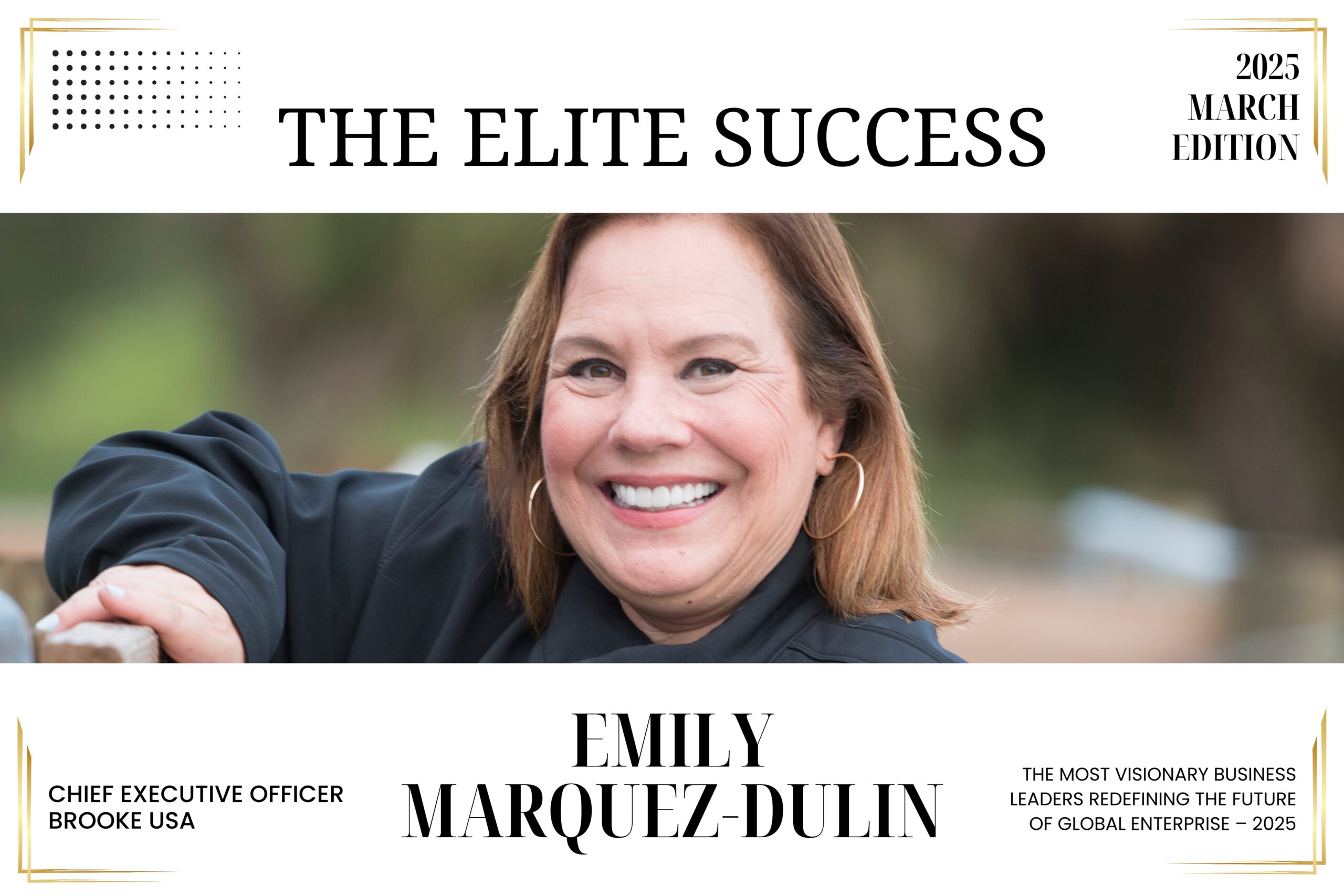Exclusivity in a Digital Era: How Luxury Brands Are Blending Tradition and Tech
Luxury has always been about more than just products; it is about heritage, craftsmanship, and the promise of exclusivity. For decades, luxury brands thrived on scarcity, personal service, and the allure of being part of an elite circle. But the digital era has challenged this traditional model. In a world where everything is accessible with a click, how do luxury brands preserve exclusivity while embracing technology?
The answer lies in blending tradition with tech. From digital runways to blockchain authentication, luxury brands are redefining how they engage with customers without diluting their heritage. This article explores how luxury is evolving in the digital age, the innovative technologies reshaping the sector, and the delicate balance between exclusivity and accessibility.
The Changing Landscape of Luxury
The luxury market is booming. According to Bain & Company, the global luxury goods market is expected to reach $400 billion by 2030, fueled by Millennials and Gen Z consumers. Unlike previous generations, these digital natives demand seamless online experiences, social media engagement, and values like sustainability and transparency.
Yet, they also crave exclusivity, the essence of luxury. This paradox has forced brands like Louis Vuitton, Gucci, and Hermès to rethink their strategies. The challenge is no longer whether to go digital, but how to embrace technology while preserving the aura of tradition.
Why Exclusivity Still Matters
Exclusivity is the lifeblood of luxury. It creates desire, status, and loyalty. Traditionally, exclusivity was achieved through limited editions, private showings, and high price points. In the digital era, however, mass visibility can erode this sense of rarity.
Today, exclusivity is not just about scarcity; it’s about personalization, access, and belonging. Luxury brands are leveraging technology to create experiences that feel tailor-made, ensuring customers remain part of an elite circle even in a hyper-connected world.
How Luxury Brands Are Blending Tradition and Tech
1. Digital Couture: Virtual Runways and Fashion Shows
Luxury fashion houses are bringing exclusivity to the digital stage.
- Example: Dior and Balenciaga have hosted virtual runway shows where only select audiences had access to live streams or immersive VR experiences.
- This blend preserves the allure of exclusivity while expanding reach globally.
2. NFTs and Digital Collectibles
Blockchain has become a new frontier for luxury.
- Gucci, Dolce & Gabbana, and Burberry have launched NFTs (non-fungible tokens) as digital collectibles that combine artistry with scarcity.
- NFTs allow customers to own one-of-a-kind digital assets, reinforcing exclusivity in a virtual economy.
3. AI-Powered Personalization
Luxury is personal. AI algorithms now curate bespoke recommendations, shopping experiences, and services tailored to individual tastes.
- Example: Louis Vuitton’s app uses AI to recommend styles based on previous purchases, mirroring the attention of an in-store stylist.
4. Blockchain Authentication
Counterfeiting has long been a thorn in luxury’s side. Blockchain technology ensures transparency and authenticity.
- LVMH’s Aura Blockchain Consortium provides digital certificates for luxury items, assuring buyers of genuine craftsmanship.
5. Immersive Retail Experiences
Brick-and-mortar stores remain vital to luxury, but technology enhances them.
- Augmented reality (AR) mirrors allow customers to “try on” clothes or accessories virtually.
- Smart boutiques blend heritage craftsmanship with futuristic shopping. For instance, Burberry’s flagship stores integrate digital storytelling with physical experiences.
6. Exclusive Digital Communities
Luxury is also about belonging. Brands are building private digital communities for loyal customers.
- Cartier’s exclusive membership programs or Chanel’s invite-only online previews create a sense of privilege.
7. Sustainability Meets Tech
Younger consumers demand ethical luxury. Tech tools such as blockchain supply chain tracking and AI sustainability analytics help brands prove their eco-conscious commitments without losing prestige.
Case Studies: Tradition Meets Innovation
Gucci: Reinventing the Digital Playground
Gucci has been at the forefront of blending tradition with innovation. Its collaborations with gaming platforms like Roblox allow customers to buy exclusive digital fashion pieces for avatars. At the same time, Gucci continues to emphasize craftsmanship in its physical products, ensuring balance between heritage and tech.
Hermès: Quiet Luxury in the Digital Age
Hermès has adopted digital strategies cautiously, ensuring technology enhances rather than overshadows its legacy. Its slow integration of e-commerce and reliance on craftsmanship-first storytelling demonstrates that exclusivity can thrive even in a digital-first economy.
Louis Vuitton: Pioneering Blockchain
LVMH has embraced blockchain for authenticity while experimenting with digital-first experiences, including games and interactive content. These strategies ensure Vuitton appeals to younger audiences without losing its heritage prestige.
Burberry: Immersive Digital Storytelling
Burberry leverages AR and social media collaborations while maintaining its reputation for high-quality craftsmanship. Its virtual “B-Series” product drops generate buzz by blending digital excitement with limited availability.
The Role of Social Media in Luxury
Social media might seem antithetical to exclusivity, but platforms like Instagram, TikTok, and WeChat are vital for reaching younger consumers. The challenge is crafting narratives that preserve mystique while being shareable.
- Limited-time Instagram drops, behind-the-scenes glimpses, and collaborations with influencers help brands remain aspirational while engaging a global audience.
- The rise of luxury livestreaming in China shows how exclusivity can coexist with digital accessibility, provided it is curated carefully.
Balancing Accessibility and Exclusivity
Luxury brands walk a fine line: too much accessibility risks diluting prestige, while too much exclusivity alienates potential customers. Technology offers a solution by enabling tiered exclusivity.
- Digital Front Doors: Social media campaigns bring aspirational visibility.
- Curated Experiences: AI personalization ensures tailored offerings for serious buyers.
- Ultimate Exclusivity: NFTs, private previews, and limited-edition drops provide rarity.
This layered approach ensures luxury stays aspirational while remaining relevant to digital-native audiences.
Challenges Luxury Brands Face in the Digital Era
- Risk of Overexposure: Too much digital presence may cheapen exclusivity.
- Counterfeiting in Digital Markets: The rise of NFTs and digital assets creates new opportunities for fraud.
- Maintaining Human Touch: Tech must enhance, not replace, the personal service that defines luxury.
- Balancing Heritage with Innovation: Brands risk alienating loyal customers if they adopt tech too aggressively.
The Future of Luxury: What’s Next?
The future of luxury will be phygital, a seamless blend of physical and digital. Expect innovations such as:
- Metaverse Luxury Boutiques: Virtual flagship stores where avatars shop for exclusive goods.
- AI-Enhanced Craftsmanship: AI will complement artisans, optimizing design while preserving hand-made quality.
- Sustainable Luxury at Scale: Tech-driven transparency will make eco-friendly luxury the new norm.
- Hyper-Personalization: From bespoke clothing to custom experiences, exclusivity will increasingly mean “crafted just for you.”
As the lines blur between tradition and technology, luxury brands that master this balance will lead the industry.
Conclusion
Exclusivity has always been the heart of luxury, but in the digital era, it is being redefined. Tradition alone is no longer enough, nor is technology on its own. The future of luxury lies in its intersection: where heritage meets innovation, and where scarcity meets personalization.
By embracing digital tools while staying true to their roots, luxury brands are proving that exclusivity can thrive in the modern age. They are not just selling products; they are curating experiences, identities, and communities that resonate deeply with the digital consumer.
In this age of uncertainty and rapid change, one truth remains: luxury is timeless, but its expression evolves. And today, it’s evolving through the delicate blend of tradition and technology.













